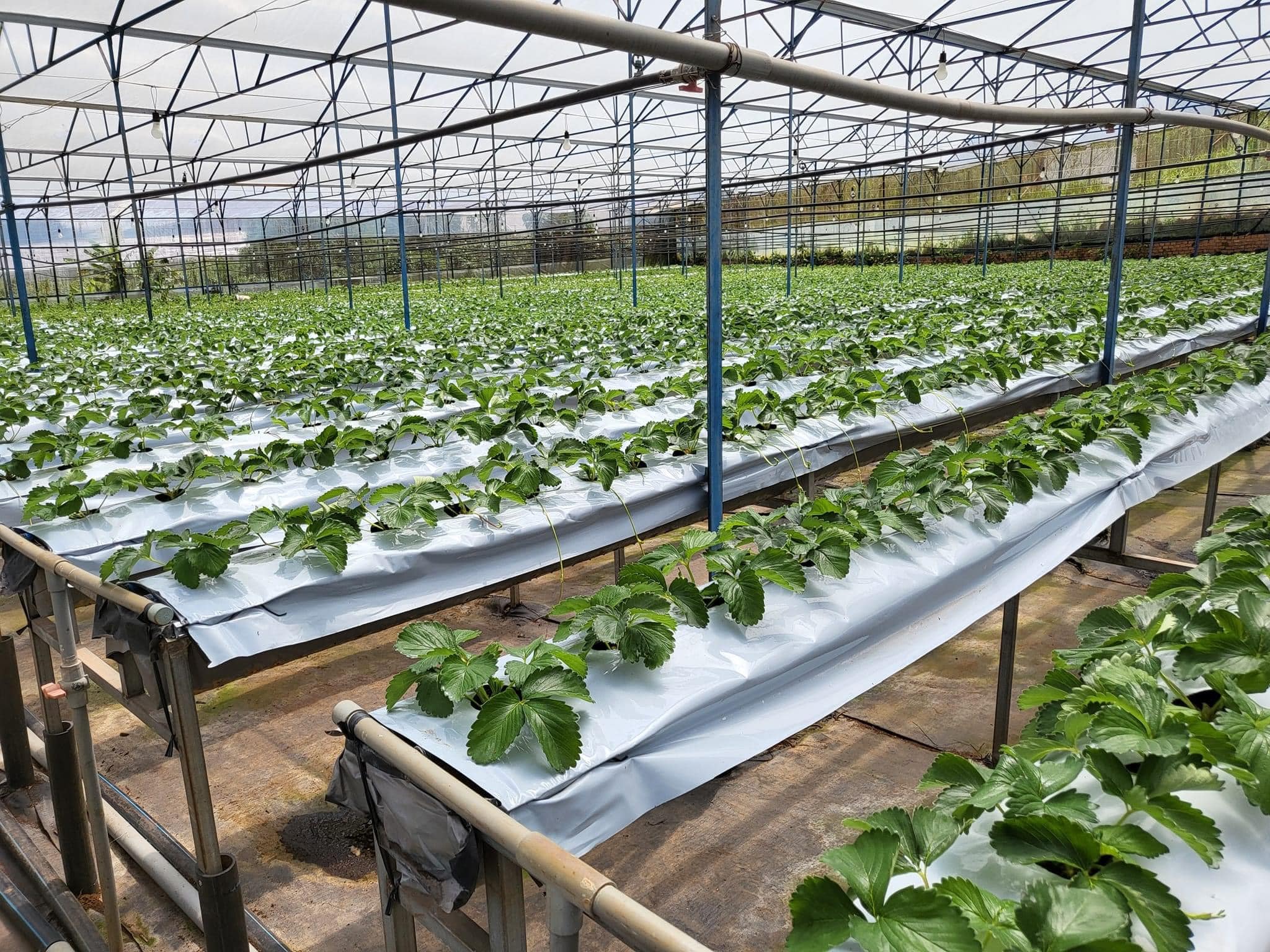Coco Peat for Hydroponics – The #1 Growing Medium for Global Greenhouse Farming
VinaTap Vietnam supplies premium low-EC, fully washed, high-porosity coco peat engineered specifically for hydroponics, greenhouse vegetables, berries, cannabis, and large-scale commercial farms. Designed for professional growers demanding high yield, stable root-zone conditions, and clean substrates for export agriculture.
8× Water Retention
Maintains ideal moisture for hydroponic root zones.
High Air Porosity
Oxygen flow supports explosive root development.
Stable pH 5.5–6.5
Ideal for nutrient uptake in all hydroponic crops.
1️⃣ Why Coco Peat Is the World’s Most Efficient Hydroponic Medium
Coco peat has become the preferred growing media for high-tech agriculture because it offers the perfect balance of moisture, aeration, nutrient retention, and root-zone stability — outperforming traditional peat moss, rockwool, and soil blends.
✔ Superior Water Management
Coco peat absorbs and stores water evenly throughout the root zone while preventing oversaturation — a critical factor for tomatoes, cucumbers, lettuce, herbs, strawberries, berries, and cannabis.
✔ Maximum Aeration for Fast Root Growth
The high porosity ensures constant oxygen flow, preventing suffocation, root rot, and Pythium in dense hydroponic systems.
✔ Natural pH Balance
(pH 5.5–6.5) keeps nutrients bioavailable — boosting growth speed and yield.
✔ High CEC (Cation Exchange Capacity)
Allows coco peat to hold nutrients from fertilizer and release them gradually → more efficient feeding → stronger plants.
2️⃣ Premium Hydroponic Coco Peat from VinaTap Vietnam
All VinaTap coco peat is produced under strict export standards, washed multiple times, heat-sterilized at 600°C, and graded for uniform particle size.
- Low EC: <0.5 mS/cm (ideal for hydroponics)
- Moisture: <15%
- Dust-free, sand-free, pathogen-free
- Available in blocks, loose bags, grow bags, and OEM formulations
- Sterilized for zero mold, E.coli, Salmonella
3️⃣ Best Hydroponic Systems for Coco Peat
- Drip Irrigation (Tomatoes, Cucumbers, Peppers)
- NFT – Nutrient Film Technique
- Deep Water Culture
- Ebb & Flow
- Vertical Farming Racks
- Greenhouse Slab Systems
4️⃣ Applications in Professional Agriculture
- Hydroponic tomatoes & cucumbers
- Strawberries & berries
- Leafy greens, herbs, lettuce
- Cannabis (medical & recreational)
- Nursery propagation
- Soilless greenhouse cultivation
5️⃣ Why Global Buyers Prefer VinaTap Coco Peat
- OEM/ODM manufacturing for international brands
- Factory-direct pricing for distributors & importers
- Certified for export to USA, Canada, EU, Japan, Korea, Australia
- Large monthly capacity for long-term contracts
- Customized EC, particle size, fiber ratio, and packaging
- 100% clean — no contaminants, no pests, no weed seeds
VinaTap’s Competitive Advantage:
- Full washing + buffering system
- Industrial rotary dryer to sterilize at 600°C
- Automated sieving & grading lines
- 25,000–40,000 blocks/day capacity
- High container loading efficiency → reduced shipping cost
???? Contact VinaTap Vietnam (Factory Direct)
For wholesale pricing, OEM partnerships, container loading plans, and sample requests:
VinaTap Vietnam
???? Email: vinatap@gmail.com
???? Website: www.vinatap.vn
???? WhatsApp / WeChat: +84 912 100 118
SEO Keywords (High Ranking – Global)
coco peat hydroponics, low EC coco peat Vietnam, coconut coir supplier, hydroponic substrate wholesale, coco peat manufacturer Vietnam, coco coir blocks wholesale, greenhouse growing media, hydroponic tomatoes substrate, cannabis coco coir supplier, Vietnam cocopeat factory, washed coco peat for export




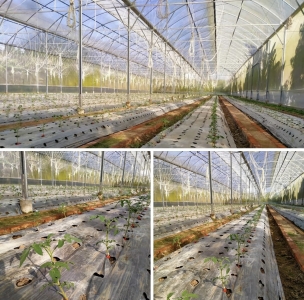
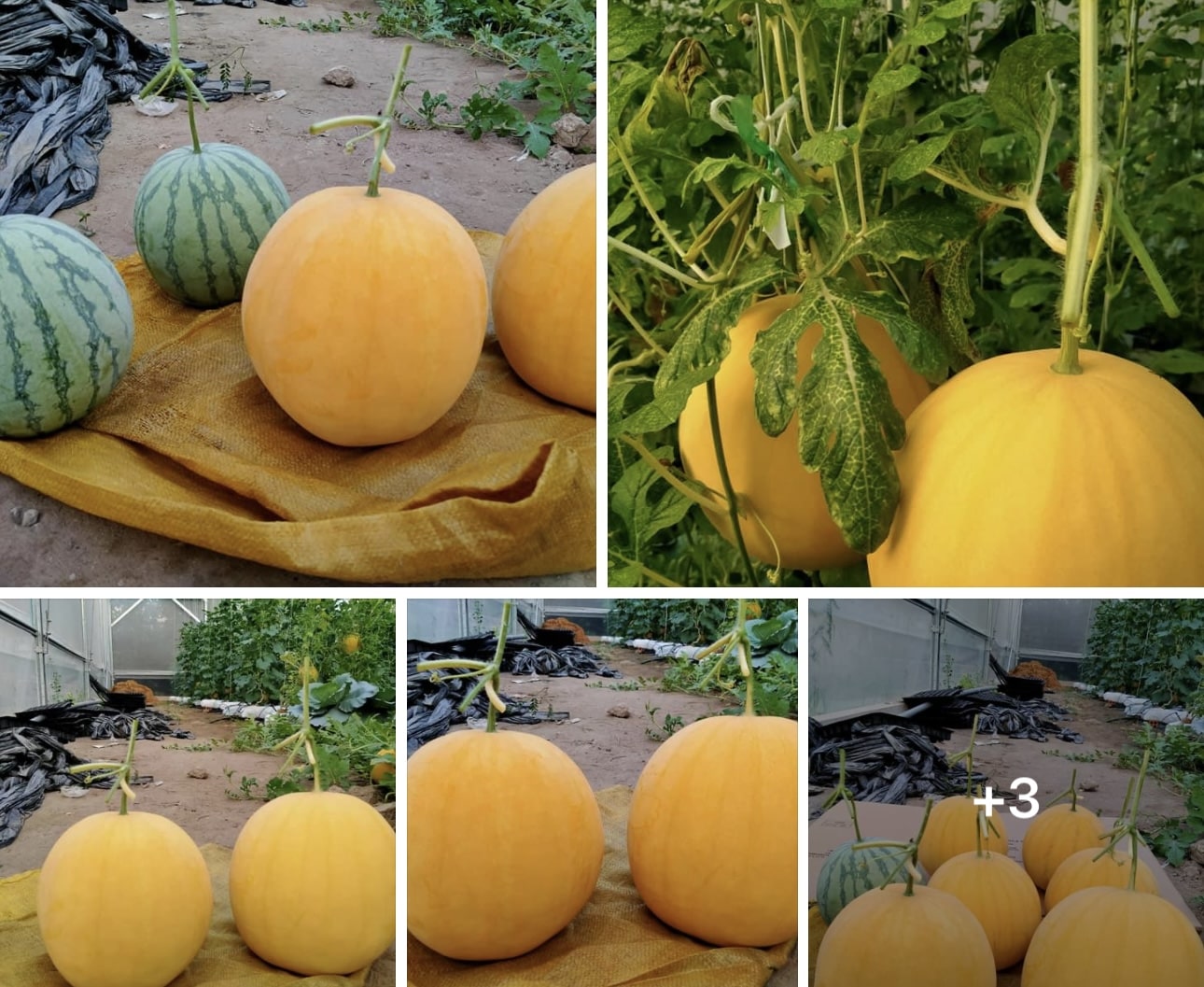
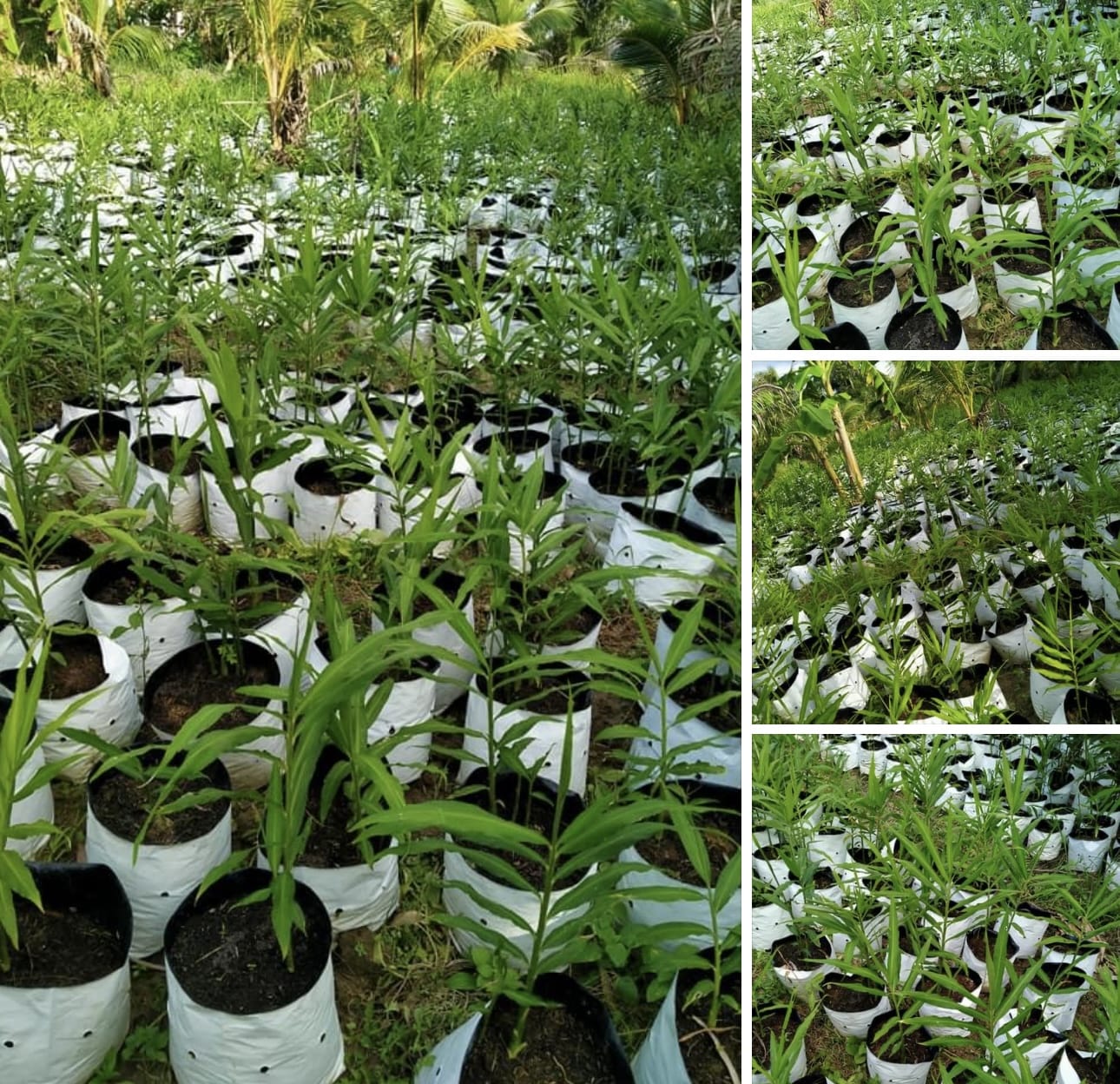

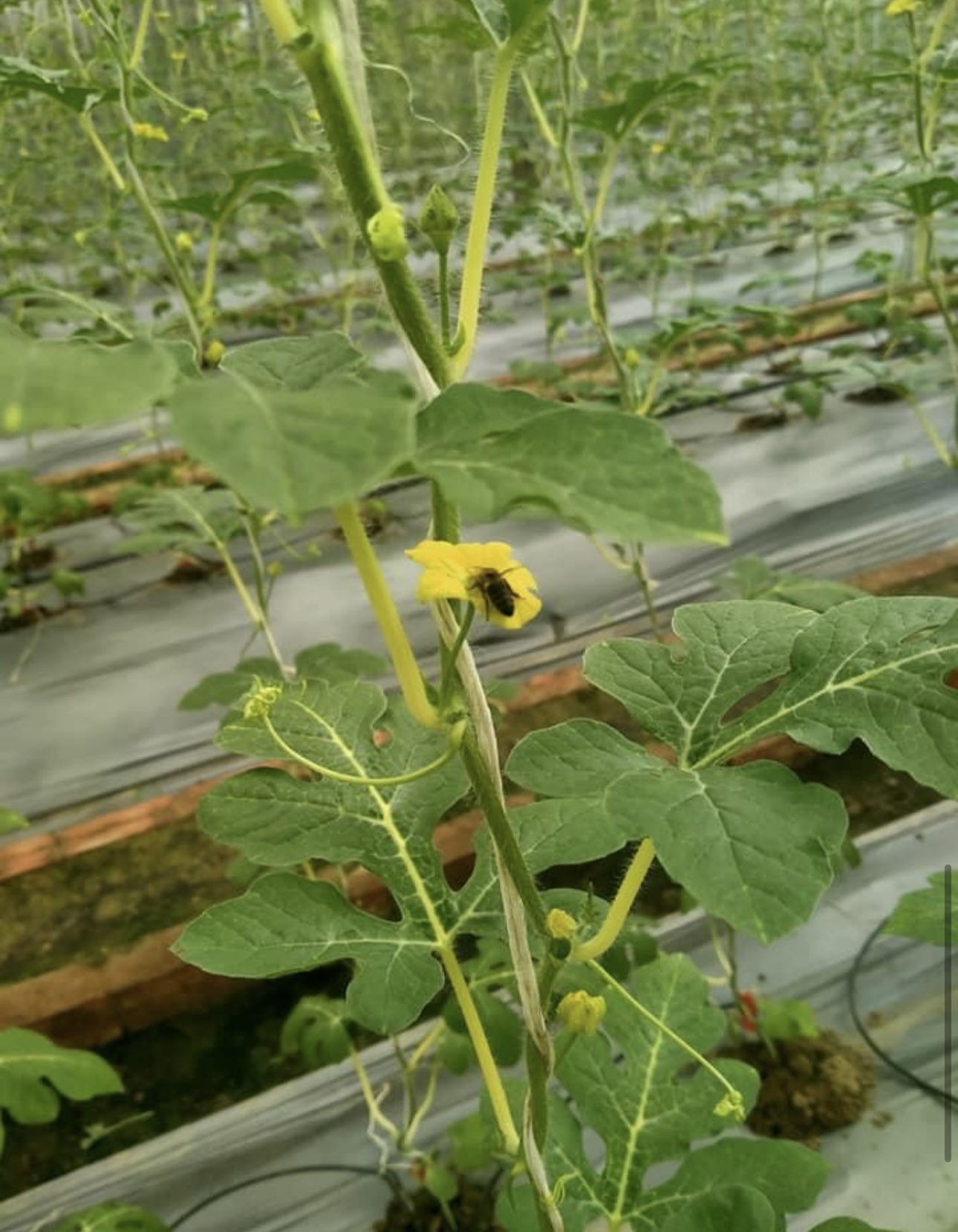
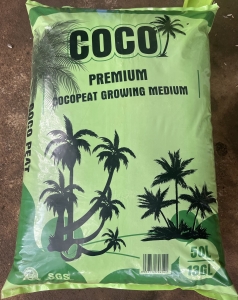
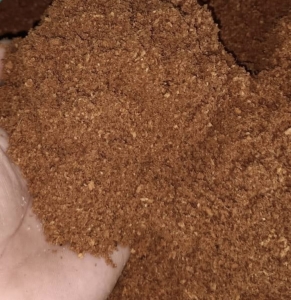
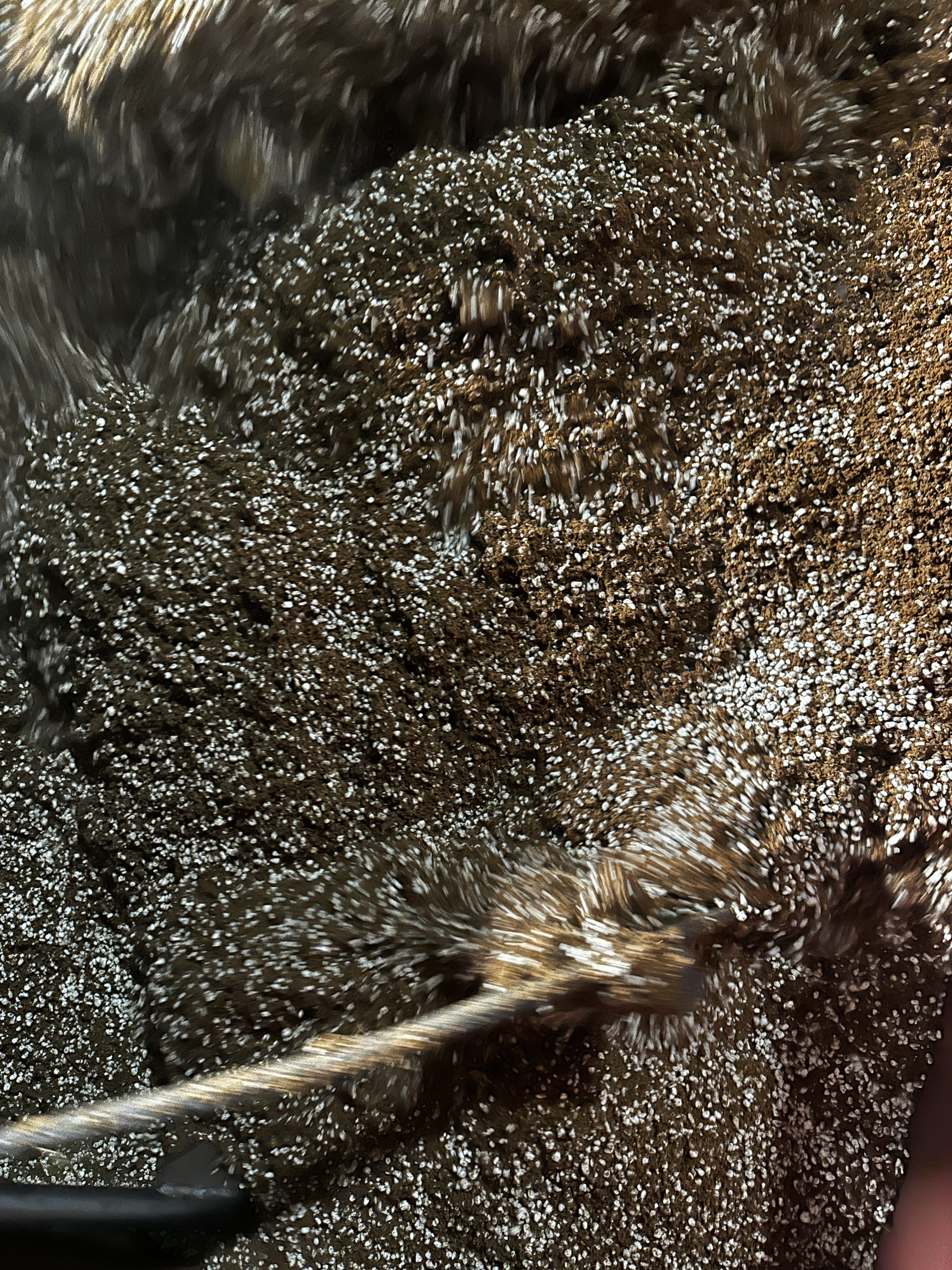
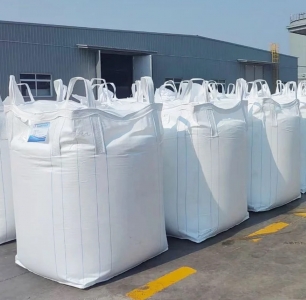
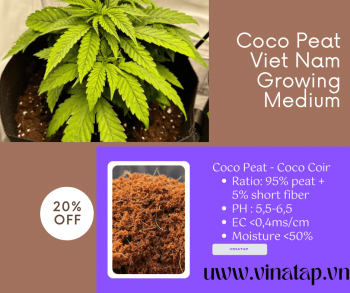
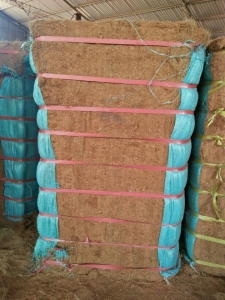
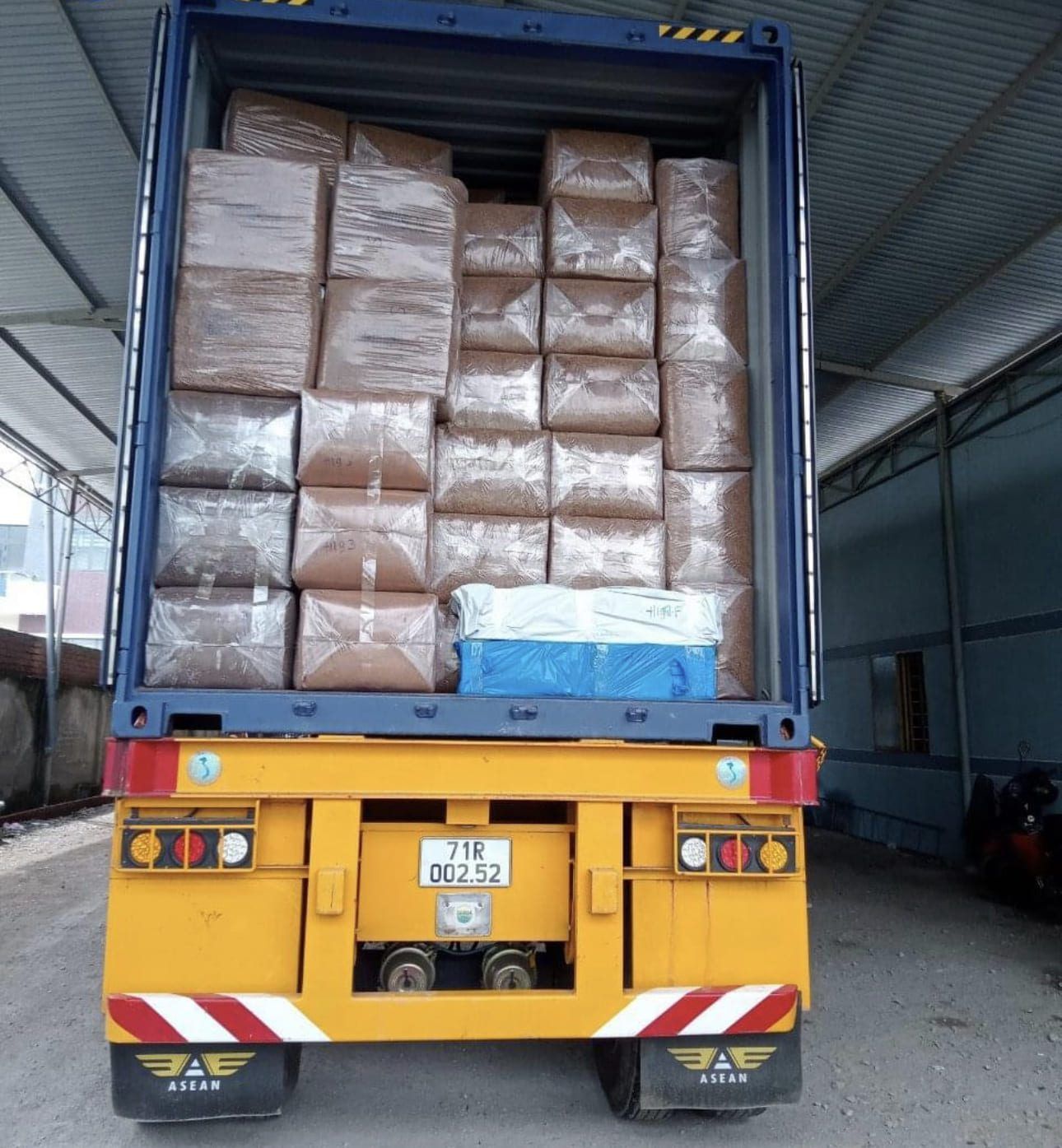

.png)
